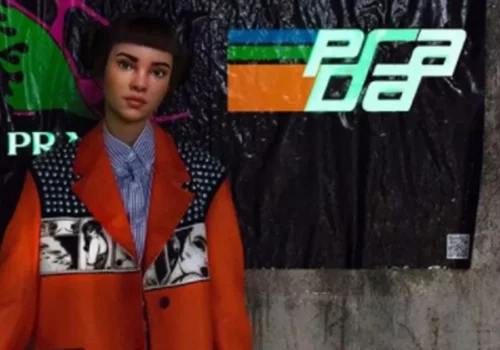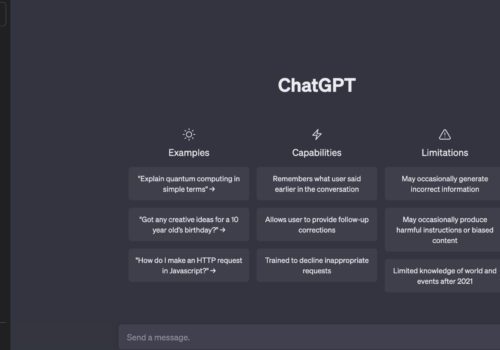Ever wondered how many NFTs exist? NFTs, or Non-Fungible Tokens, are unique digital treasures you can own, sell, or collect – kind of like digital collectible cards.
They’re everywhere, from digital art and music to tweets and even virtual lands. It’s a bit like trying to count stars; there are just so many, and they keep growing every day.
Let’s take a closer look at this digital world and get a sense of how vast the world of NFTs really is.
How Many NFTs Are There In The World 2025?
NFT statistics show that most NFTs are built on the Ethereum network, but some use other blockchains or are built on special NFT platforms.
Because of this, there are a lot of single NFTs that represent videos, music, video game content, artworks, and other forms of media.
As more artists and people who make content get into making NFTs, more NFTs will be made. It’s hard to put a number on this market because it’s new, and NFTs and numbers are growing constantly.
If the global growth rate of 21,0350% from $82.5 million in 2020 to more than $17 billion in 2021 is any indication, there are probably a lot of NFTs out there.
By January 2024, the total value of NFTs worldwide had exceeded a whopping $193.84 billion, indicating the increasing significance of these digital assets.
This astonishing number highlights the crucial role that NFTs play in the larger digital economy, providing fresh prospects for creators, investors, and collectors alike.
The market size of Non-Fungible Tokens is predicted to reach US$231.98 billion by 2030, with a CAGR of 33.7% from 2022 to 2030.
What Are Non-Fungible Tokens, NFTs?
It’s important to know that, in Bitcoin terms, NFTs aren’t technically cryptocurrencies.
Cryptocurrencies are digital currencies that can be used online. They use blockchain technology to keep track of financial transactions between entities or parties.
NFTs are also built on a blockchain, but they are used to prove ownership of assets, like a certificate that proves legal ownership of a car or house.
Source: Pexels
The difference is that NFTs provide proof of ownership in a digital form. Most NFTs use the Ethereum blockchain network, but not all of them do.
The word “non-fungible” comes from the fact that each NFT is a unique digital asset that can’t be swapped out for any other digital asset.
There are many types of non-fungible physical assets, like real estate, because each property has its own unique qualities. A fungible token, on the other hand, can be swapped out for another one that is the same.
Ether is a fungible token that can be traded on the Ethereum network. Each Ether is the same as any other Ether.
The same goes for Bitcoin. Since Bitcoin and Bitcoin are both worth the same amount, they can be traded for each other.
In the same way, physical money is fungible because it can be swapped for another. Each NFT has its own qualities that make it different from all the other NFTs.
I hope that helps you understand the difference between non-fungible and fungible, as well as between cryptocurrencies and NFTs.
Quick Links:
- What Is NFT Arbitrage & Is It Worth Driving Traffic Into?
- Best Investment Options in India
- Bitcoin and Crypto Affiliate Programs
Conclusion: How Many NFTs Are There In The World?
According to the most recent and accurate online data available, how many NFTs are there in the world?
Some of this information comes from NFT websites and some from The Motley Fool.
If you’re an investor, this data is crucial to making decisions for investing in NFTs. If you’re a creator, this information is vital to what you create and if it’s worth the production costs.
Based on this information, will you invest in NFTs, create NFT images/art, or wait it out and just keep your eye on the market?







